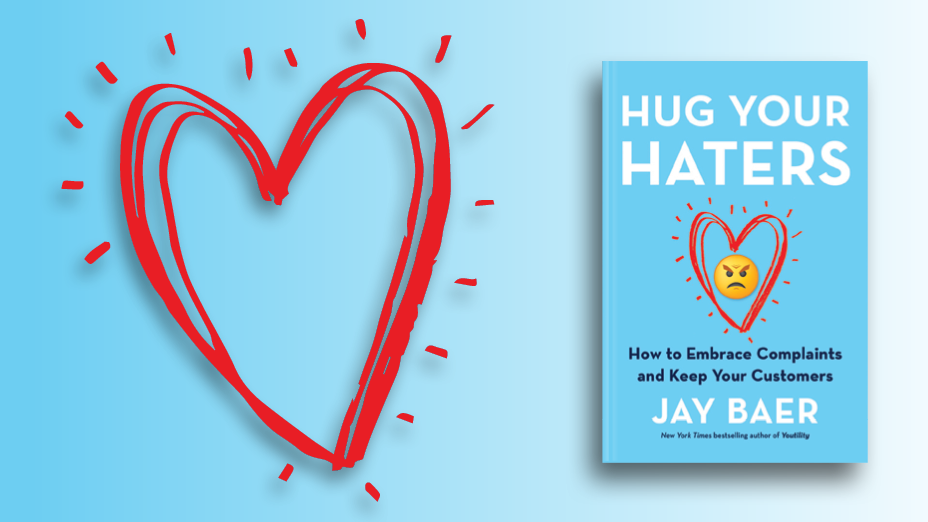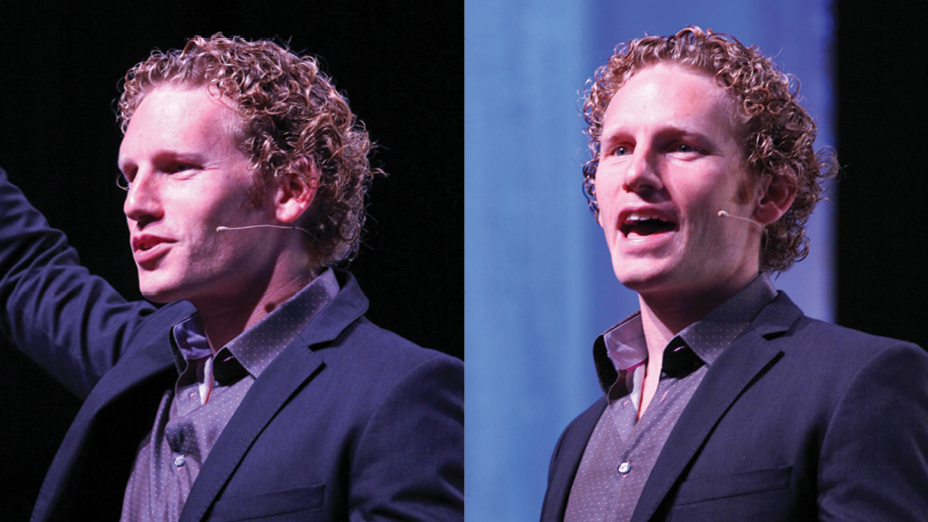Understanding people through direct experience has become a forgotten part of American business. Here's how strangers can and should help shape brands.
As I crawled up to the 19th floor, stumbling over broken glass, old beer cans, rat droppings, and a smell that made me gag, I found my way to apartment number 19294--my home for the next two days. The doorbell was broken, and the door was barred like the vault of a national bank. I knocked loud enough to be heard, I hoped, above the blasting music. Three young Russian teenage boys welcomed me--they were expecting me.
"Understanding people through direct experience has become a forgotten part of American business."
Over the next couple of days I was to live alongside these guys. I would eat with them, go to work with them, and join them on random outings with an emphasis on finding girls. I would live as much like them as possible. Throughout the process I surreptitiously took notes, shot hundreds of photos, and slowly began to get an inkling of how teenagers in Siberia live.
This was not the first such home I had visited. Over two weeks I'd traveled from city to city, spending days with different groups of young men in their own environments.
I'm a person who's comfortable onstage running workshops for hundreds, if not thousands of people. I am used to frequenting wood-paneled boardrooms and genteel restaurants. For this trip, I seriously dressed down--removing my limited-edition watch and exchanging my smartphone for a local brand I'd never even heard of. All I carried was a plastic bag with the necessities of life--a disposable shaver, a tube of local toothpaste, and some non-branded underwear.
My mission was to determine the emotional space a new vodka brand could successfully occupy, in a market of more than 3,000 different brands containing 5,000 different flavors (yes, you read correctly)--undoubtedly the most competitive vodka market in the world.
The job wasn't unusual for me. I dove into it as soon as I became aware that the corporate world has lost contact with their bosses--the nameless, faceless army of consumers. Ask any CEO when they last spent time with those who use their brands, particularly in the consumers' home environment; I don't think I'd be too far off the mark if the typical response would be a blank stare.
If this scenario were only applied to the CEO, the problem wouldn't be that serious. However, neither the CMO nor the innovation and operations people would know any better what I am talking about. Not even the research or agency people would know much more. Just spending time with a niece or an uncle is not enough. Wives, good friends, and children do not count. Neither does spending a couple of hours with a focus group. I'm talking quality time, in the home of the consumer, sharing their life.
We've become accustomed to reading reports, following statistics, studying trend overviews, and spending time with endless focus group interviews. Yet the sad reality is that few people in business really know the consumer any more. We think we're in contact, but in the same way we all may feel young inside, time has well and truly moved on. Ethnographic visits, as some call this approach, is not so much about interviewing but about listening, observing, then supporting the observations with well-placed questions to help make sense of it all.
I've spent time with pregnant women in Brazil, mothers with a whole lot of kids in France, coffee drinkers in the Philippines, bankers in Germany, soda drinkers in the U.S., and cheese buffs in Denmark. Immersed in the diversity of people, nationalities, cultural orientations, something shifted for me. I've begun focusing on subtext and have become pretty good at reading between the lines. I catch the mother nursing her young baby take a quick glance at her cell phone to see if she has any messages--a small detail that would no doubt be of interest to baby food manufacturers who want to target their messages.
I notice the small details that make a big difference, like the Chinese family who wraps all their remote controls in plastic. This fact may come in handy when companies develop new remotes. Then there was the case of three Russian guys who, in a drunken moment, admitted to hating the taste of vodka.
"The sad reality is that few people in business really know the consumer any more"
Which brings me back to Siberia. In the two days I spent with the teens, I began to get a good sense of their lives. I got a sense of what triggered their emotions. I got a little closer to understanding what a vodka company needs to do to stand out in the crowd of 2,999 other vodka brands. I learned the psychology of the cheering ritual, the pressure young Russian men are under when going out, and their (often disturbing) family situations. I understood the decision-making processes at play in buying one vodka brand over another.
Over the many hundreds of ethnographic visits I've made over the years, I'm slowly realizing that my instincts have improved quite dramatically. Even before I knocked on the front door of the apartment in Siberia, I knew what I had to look for. And then I knew what it meant for the brand. It's not something that happens overnight; rather it's a skill that you develop over time.
If you really believe that the consumer is your boss--and you should in light of the fact that at the end of the day, the consumer is contributing to your paycheck--then surely it makes a whole lot of sense to spend time with them. "I'm too busy," they may interject. Well, what they need to consider is if they can actually afford not to. The reality is that as we've become increasingly time poor, we may be failing in our primary objective--to build brands which people really care for. So, get out there! The worst thing that can happen is that you learn what life is all about. It's something that I continue to do, and I do not regret it for one moment.
Image Courtesy of mobilebartender.com.au





.png)




What Did You Think?